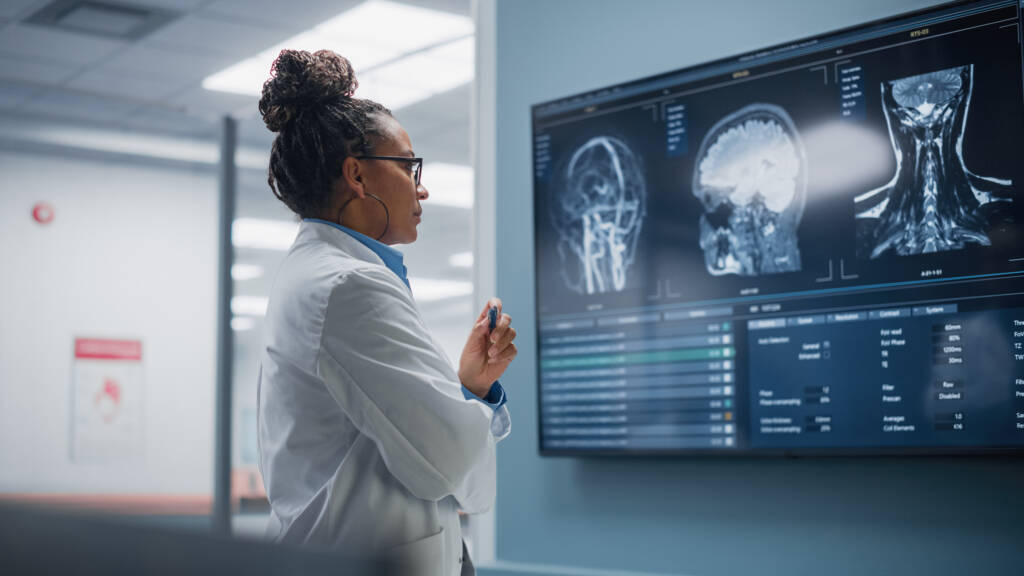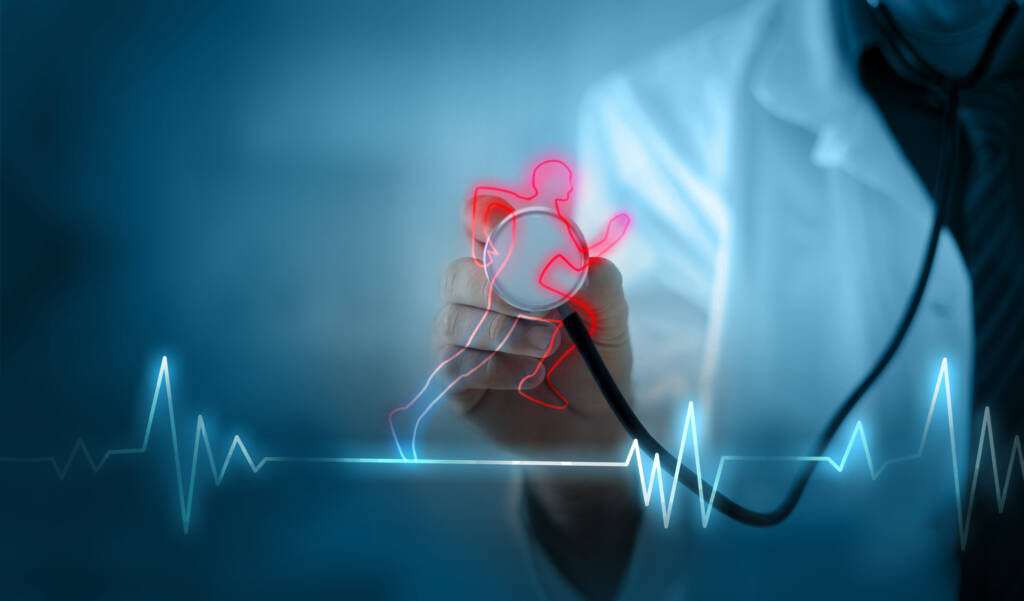
Medical Terminology 1a

Learning the language is essential for careers in health science. Join word parts to form medical terms, associations within body systems, and better communicate with colleagues and patients. Build your proficiency and confidence with this course and prepare yourself for a career in health sciences.
During this course, you will learn career-related skills and earn a badge for this accomplishment. A badge is a digital certification of your career-related learning that you can share on social media or with higher education platforms, colleges, potential employers, peers, and colleagues. Select this link to learn more about badges.
Major Topics and Concepts
Unit 1: Word Elements: Where it all Begins
Medical terminology is a language unique to a specialized field. To better understand medical terms, you need to first get to know the origin of words, how to dissect them, and how to build them. Part of this dissection and building process involves learning word parts and how to put those pieces together. In this unit we will learn prefixes, suffixes, and combining forms. We will also learn about origins of words that cannot be broken down using traditional methods. Additionally, we’ll explore how some of these terms are abbreviated and cases in which these abbreviations are not acceptable practice. So, let’s start putting the pieces of the puzzle together and learn more about this special language!
Unit 2: The Building Blocks of the Body
The body is an amazing structure made up of many cells, tissues, organs, and systems. We can break down the way the body is built from the tiniest structure up to entire body systems. Taken as a whole, we then learn about body movement and organization of body structures. By studying the cavities, regions, and quadrants of body organization, we are able to locate organs and other body structures and, by using this organizational system, health care providers are better able to pinpoint conditions and accurately communicate with patients. Ready to become an expert in navigating and identifying these structures? Let’s get started!
Unit 3: Move It: Understanding Body Movement
With so many body parts, we need to be able to describe exactly how each part moves. Medical terms relating to movement allow us to do just that! By exploring the world of body movement, we find different types of movement and different types of joints that make this happen. As part of this world, we’ll learn abbreviations used commonly in medical documentation relating to these body parts and their movements. In addition, we’ll discover the many career possibilities related to the movement of body parts. Ready? Let’s get moving!
Unit 4: Breathing Easy: The Respiratory System
Breathing is an essential part of health and body function. The organs of the respiratory system make up a complex tree-like structure that helps us breathe without even thinking about it. To be an effective healthcare provider we must be familiar with the medical terminology that refers to the diseases, conditions, treatments, and tests of this system. We also need to be able to write and translate abbreviations and terms when documenting about this system. Let’s take a deep breath and explore this airy world!
Unit 5: Going with the Flow: The Cardiovascular System
We feel our heart beat all the time, but what’s the reason and what’s it really doing? We’ll now explore the cardiovascular system with its organs and find our answers! As we investigate the workings of this system, we’ll learn the medical terms and word parts that describe different areas. As with any part of the body, things can go wrong. Our journey will take us through some of the conditions and diseases of this system, along with tools, tests, and treatments used in this world. Let’s get our blood pumping!
Unit 6: Keep Calm and Explore the Nervous System
With so many organs, tissues, and cells in the body, something must be in control! That’s where the nervous system comes into play. To be an effective healthcare team member, we need to learn the functions of the nervous system, the disorders associated with it, and ways to fix it. We also need to study the language, its word parts, and ways to abbreviate it. So, who’s in control here? Let’s find out on our journey through the nervous system!
Unit 7: Skin, It’s Got You Covered!
When you look at someone, what is the main thing you see? Skin is probably not your first answer, but if you really think about it, that’s probably the best answer. That’s because skin is the body’s largest organ. There’s more to this world than meets the eye though. Let’s explore this complex world of tiny accessory organs and see just how much work this underrated system actually does.
Unit 8: Hold Me Up: Musculoskeletal System
What allows us to stand? What protects our vital organs? How do we move? As we journey through the musculoskeletal system, we’ll find the answers to these questions and so much more. Our exploration will help us identify terms, conditions, tests, and treatments for this system. We’ll also work on our skills at decoding abbreviations for this system. Get ready to play detective and find out what’s really holding us up!
Competencies
Word Elements
Students will demonstrate an understanding of word elements by describing the parts of words and explaining medical abbreviations and eponyms.
Structure of the Body
Students will demonstrate an understanding of building blocks of the body by summarizing organizational structures, describing body planes and positions, and explaining body cavities.
Movement Terminology
Students will demonstrate an understanding of body movement by describing terms related to movement and movement-related career options.
Respiratory System Terminology
Students will demonstrate an understanding of respiratory system terminology by describing the respiratory system, decoding word parts and abbreviations, and explaining respiratory disorders.
Cardiovascular System Terminology
Students will demonstrate an understanding of cardiovascular system terminology by describing the cardiovascular system, decoding word parts and abbreviations, and explaining cardiovascular disorders.
Nervous System Terminology
Students will demonstrate an understanding of nervous system terminology by describing the nervous system, decoding word parts and abbreviations, and explaining nervous system disorders.
Integumentary System Terminology
Students will demonstrate an understanding of integumentary system terminology by describing the integumentary system, decoding word parts and abbreviations, and explaining integumentary system disorders.
Musculoskeletal System Terminology
Students will demonstrate an understanding of musculoskeletal system terminology by describing the musculoskeletal system, decoding word parts and abbreviations, and differentiating musculoskeletal system disorders.

